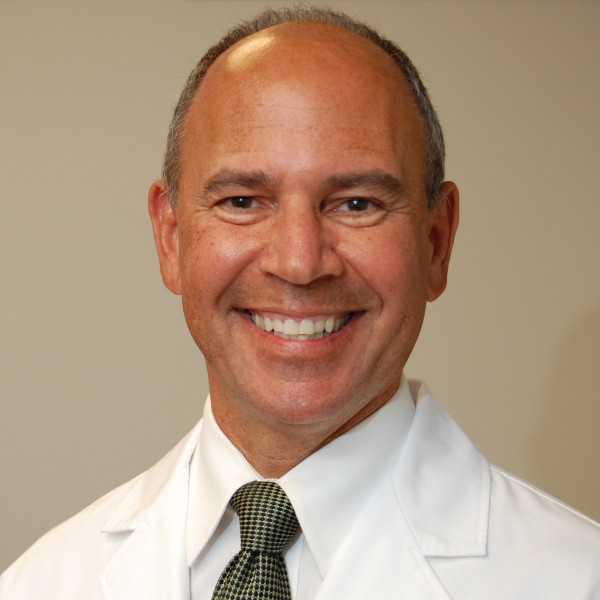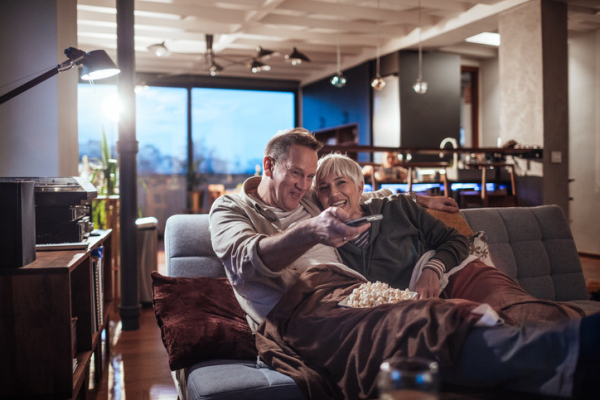
A simple word we all hear often — exercise — makes many people cringe. Unhappy childhood memories of school sports or gym classes, flat-out physical discomfort, guilty reluctance, or trouble finding time or pleasurable activities may help explain this. Additionally, for some people with obesity, fear of falling or injury is a high barrier to activity, recent research suggests.
That finding has important implications for health and well-being. So, how can we make movement safe and joyful for people of all weights?
Why be active?
As you may know, being physically active helps combat anxiety and depression. It prevents bone from thinning and tones muscle, helps you sleep better, lowers your blood pressure and blood sugar, and improves your cholesterol levels. It would take numerous medications to do all that routine physical activity can do for you.
Weight loss programs often incorporate exercise. Research shows that exercise helps with weight maintenance and may help with weight loss. Beyond burning calories, regular exercise also builds muscle mass. This matters because muscles are metabolically active, releasing proteins that play a role in decreasing appetite and food intake.
What does this study tell us?
The study found that many people with obesity fear injury and falling, which interferes with willingness to exercise. It followed 292 participants enrolled in an eight-week medical weight loss program in Sydney, Australia. All met criteria for obesity or severe obesity. The average age was 49; one-third of participants were male and two-thirds were female.
At the beginning of the study, participants filled out a 12-question injury perception survey. The majority reported fear of injury or falling, and believed their weight made injury more likely to occur. One-third said that their fear stopped them from exercising. The researchers also recorded weight, height, and waist circumference, and administered strength tests during the first, fourth, and last sessions.
When the study ended, the researchers found that the participants most concerned about getting injured hadn’t lost as much weight as those who did not express this fear. Those who hadn't lost as much weight also tended to have the highest scores of depression, anxiety, and sleepiness.
Fear of injury fuels a dangerous cycle
As noted, exercise is healthy at every weight: it protects your heart, lowers your blood sugar, boosts your mood, and tamps down anxiety. It also builds balance. Weight-bearing exercise such as walking prevents bone thinning.
If worries about injury or falls cause people to avoid exercise, they miss out on the balance-building, muscle-and-bone-strengthening, and mood-enhancing benefits of regular activity. They may be more likely to fall — and possibly more likely to experience fractures if they do.
Find a blend of activities that will work for you
Everyone, at every weight, needs to find ways to exercise safely, confidently, and joyfully.
- Start low and go slow. If you’re not currently active, start by simply sitting less and standing more. Try walking for two minutes every half hour. If you’re afraid of falling, try walking in place or alongside a friend or loved one who can provide security and comfort.
- Ask for guidance. Consider joining a YMCA where you can engage in supervised activities, or ask your doctor for a prescription to physical therapy to help you improve your balance and build your confidence.
- Try different activities to see what works for you. Walking is a simple, healthful activity, but it’s not the only form of activity you can try. You might enjoy swimming or water aerobics. Try pedaling a seated bike or an arm bike (upper body ergometer) that allows you to stay seated while you propel pedals with your arms instead of your feet. Adaptive activities and sports designed for people with physical limitations and disabilities are an option, too. Depending on your fitness level and interests, you might also consider dancing, biking, or anything else that gets you moving more often.
Lastly, keep in mind that many people suffer from anxiety, and a fear of falling is not insurmountable. If you’re really struggling, talk to your doctor or a mental health professional.
About the Author
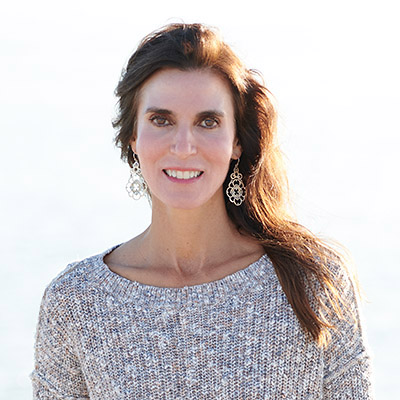
Elizabeth Pegg Frates, MD, FACLM, DipABLM, Contributor
Dr. Beth Frates is a trained physiatrist and a health and wellness coach, with expertise in lifestyle medicine. She is an award-winning teacher at Harvard Medical School, where she is an assistant clinical professor. Dr. Frates … See Full Bio View all posts by Elizabeth Pegg Frates, MD, FACLM, DipABLM



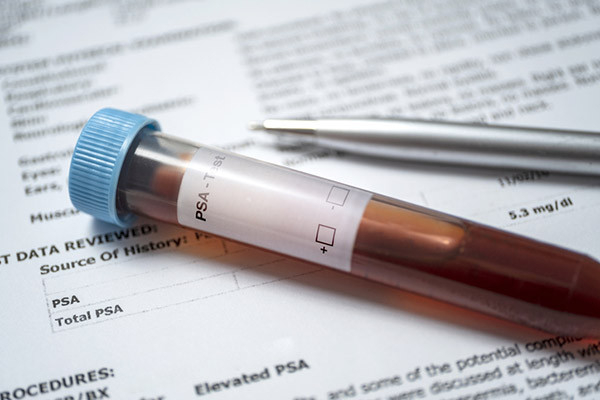


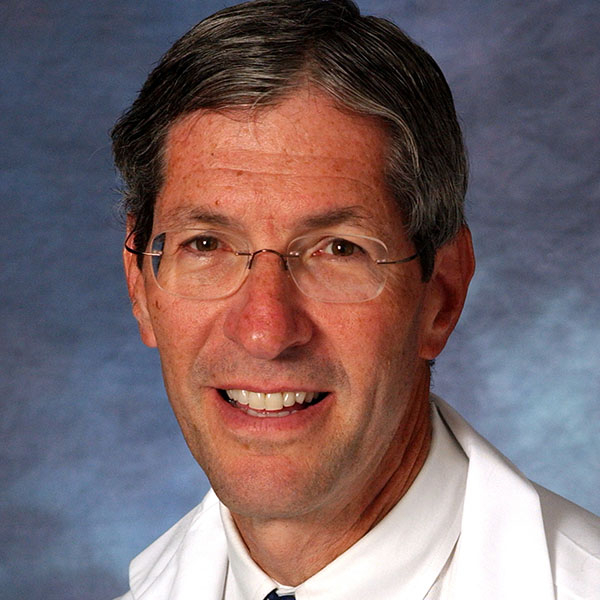



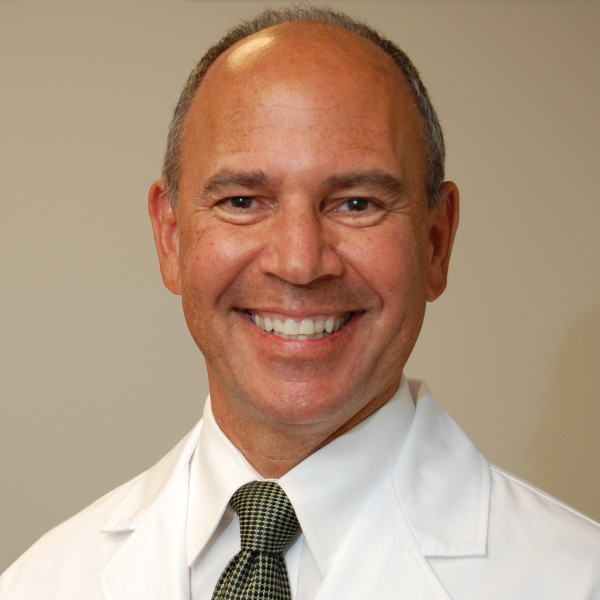


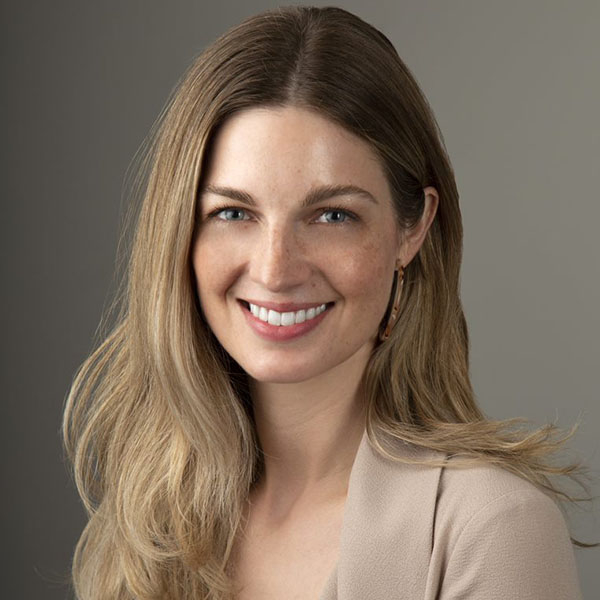







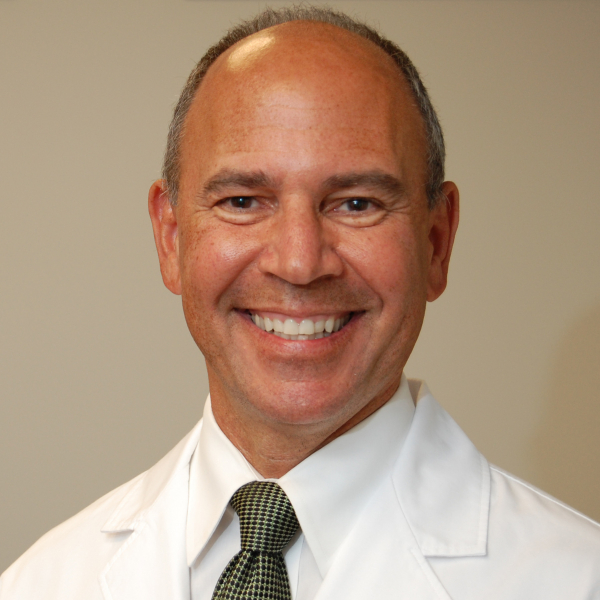



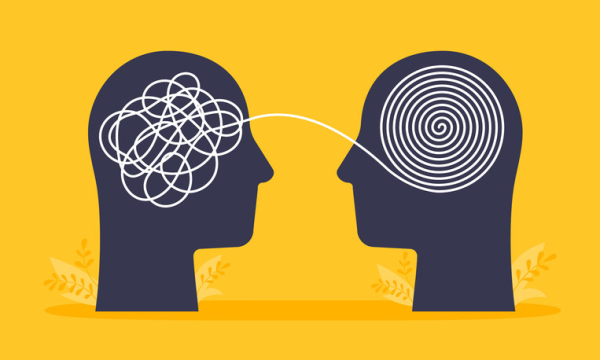
 Everyone has moments when their brain suddenly goes haywire. They repeatedly fixate on the same thought, like being stuck on a hamster wheel. Or their thoughts aimlessly bounce from one random topic to the next like a pinball.
Everyone has moments when their brain suddenly goes haywire. They repeatedly fixate on the same thought, like being stuck on a hamster wheel. Or their thoughts aimlessly bounce from one random topic to the next like a pinball.
